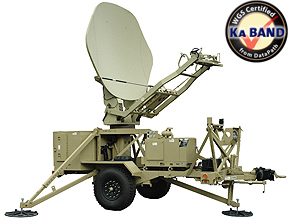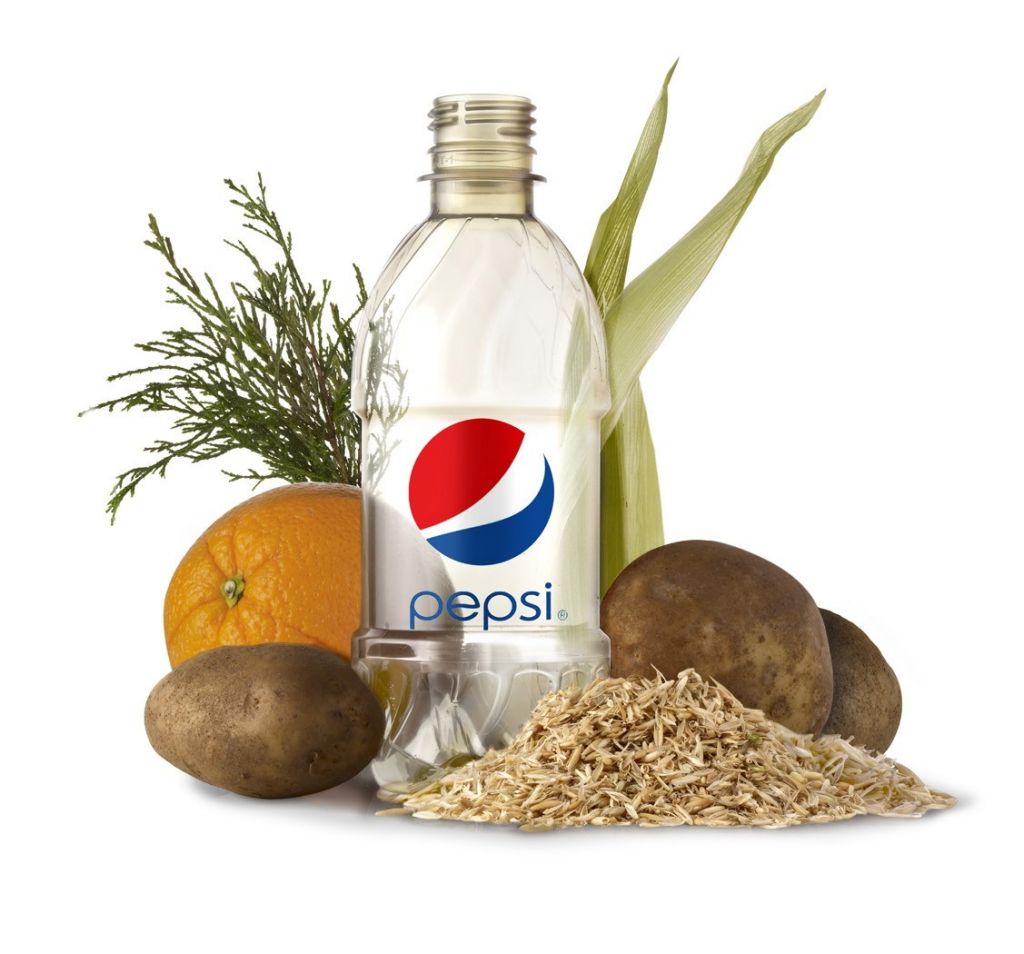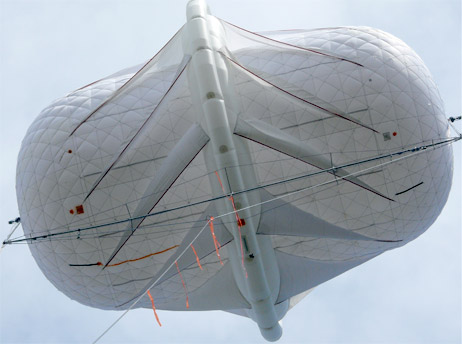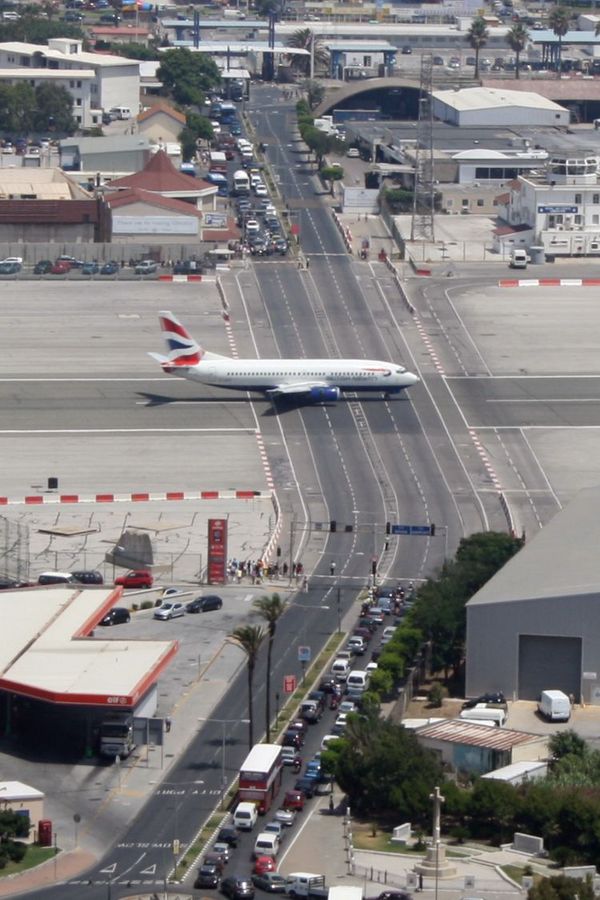- Written by PunithaV ECE
- Hits: 4196
Boeing Tests New Ka-band SATCOM Antenna System
Boeing has announced that it successfully conducted its first over-the-air ground test of a Ka-band satellite communications (SATCOM) phased-array antenna system that will enable wideband SATCOM on aircraft, providing increased bandwidth for networking in flight.This third-generation antenna system gives commercial and military aircraft operators worldwide the ability to offer communications using the growing fleet of commercial K- and Ka-band satellites.The low-profile antenna is also an option for government operators using military satellites such as the Wideband Global SATCOM (WGS) system.The active phased array system uses electronically controlled beams to transmit and receive signals from a designated satellite.The test demonstrated the new system's ability to support a range of applications, including file transfer and a Voice over Internet Protocol video conference.  This Ka-band phased-array antenna system supports a significant increase in bandwidth with a smaller antenna than previous Ku-band antennas, still providing the same low profile, low drag, and lower cost of installation.
This Ka-band phased-array antenna system supports a significant increase in bandwidth with a smaller antenna than previous Ku-band antennas, still providing the same low profile, low drag, and lower cost of installation.


 You may one day see the window act as a speaker, too. Let’s just wait and see.
You may one day see the window act as a speaker, too. Let’s just wait and see.



.jpg)
